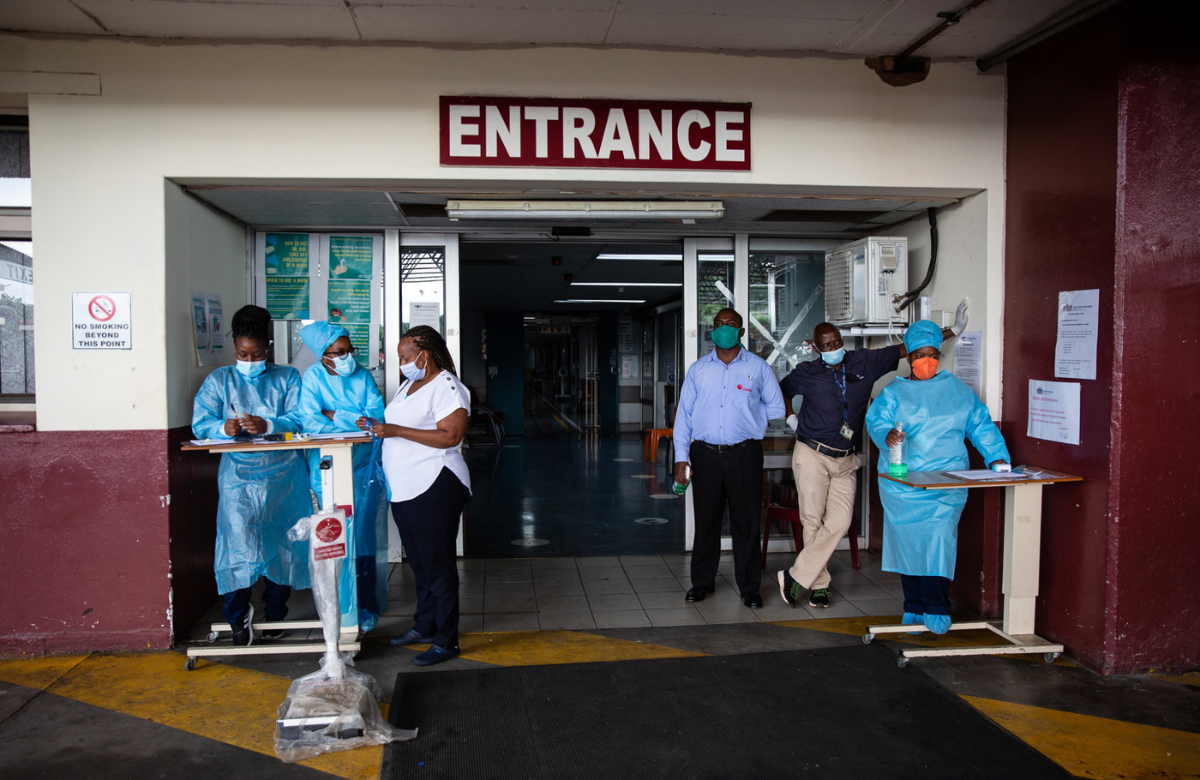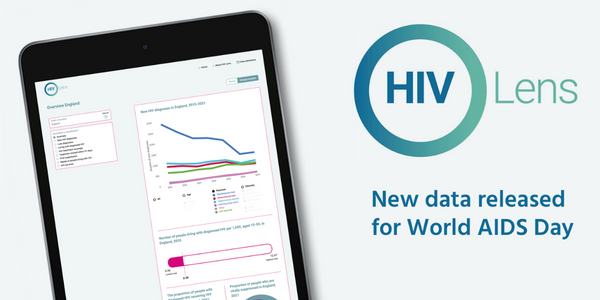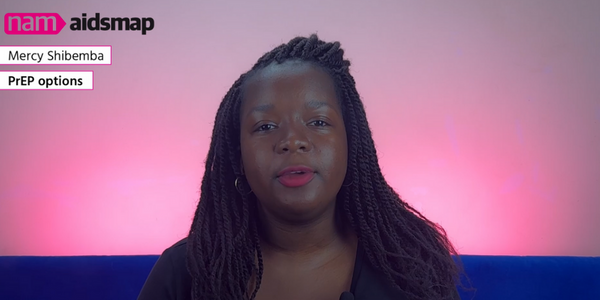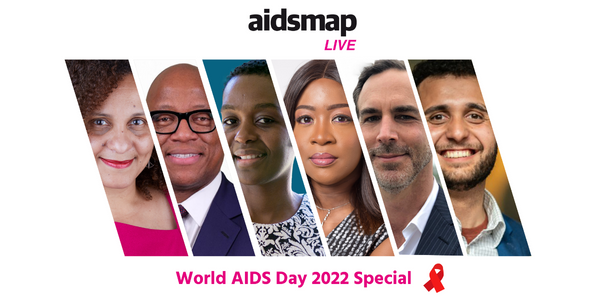News from aidsmap

Suboptimal HIV treatment raises the risk of COVID-19 death in South Africa
People with HIV who have low CD4 counts, or unsuppressed viral load, no history of HIV treatment, or active tuberculosis, were more likely to die of COVID-19 than other people with HIV, a large study of COVID-19 deaths in South Africa’s Western Cape province has reported.
People living with HIV still at higher risk of death by suicide, accident, violence, and substance use
The risk of death by suicide, substance use, accident, and violence remains higher among people living with HIV than in the general population. Research by a team of scientists working across 16 European countries found that people who acquired HIV through injection drug use, men living with HIV, and people living with HIV in eastern Europe had a higher risk of death by suicide or by accident/violence. They also found higher rates of death by suicide in the year following an AIDS diagnosis.
Educating parents on sexual health increases HIV testing among young gay and bisexual men in the US
A web application developed to provide information on sexual health and HIV to parents of young gay and bisexual men increased parents’ capacity to engage in conversations around sex, condoms, HIV, and PrEP with their sons. More parents discussed HIV, demonstrated how to use condoms, purchased condoms with their sons, and helped their sons get an HIV test after using the Parents and Adolescents Talking about Healthy Sexuality (PATHS) application.
Pervasive discrimination against LGBTQIA+ people in Indian hospitals
Discrimination against LGBTQIA+ people (lesbian, gay, bisexual, transgender, queer, intersex, asexual, and others) is rampant in healthcare services in India, a recent study has found. Stigma and discrimination against people of different sexual orientations and gender expressions acts as a barrier to accessing health care and violates human rights.
Low testosterone is linked to efavirenz, increased body fat and older age
A French study of men living with well-controlled HIV identified risk factors for low testosterone. It found that being aged over 43, use of efavirenz as treatment, having a higher percentage of body fat or a nadir CD4 count of less than 200 were all linked to lower levels of testosterone. Using these risk factors, it may be possible to improve early diagnosis of low testosterone and provide replacement treatment, to avoid problems with bones, mental health and sex.
HIV Lens

HIV Lens is an interactive online mapping tool that visualises the impact of the HIV epidemic on communities across England.
The latest HIV data for England were published on HIV Lens on World AIDS Day. You can view data such as new HIV diagnoses, HIV treatment coverage and viral suppression for the whole of England as well as by region and local authority.
PrEP options

Pre-exposure prophylaxis (PrEP) is a form of HIV prevention. It involves using HIV treatment drugs to prevent HIV-negative people from acquiring HIV.
In our new video, Susan Cole, Matthew Hodson and Mercy Shibemba talk about the different forms of PrEP available, including daily and on-demand PrEP, injectable PrEP and vaginal rings.
Editors' picks from other sources
Significant milestone for HIV prevention in sub-Saharan Africa as South Africa grants regulatory approval for Apretude | ViiV press release
We are extremely pleased to share the news that the South African Health Products Regulatory Authority has announced the regulatory approval of Apretude (cabotegravir long-acting injectable) to reduce the risk of sexually acquired HIV-1.
Injections against HIV could be manufactured locally and cheaply, says Aspen Pharmacare | GroundUp
Medicines manufacturer Aspen Pharmacare says that licences should be given to African producers so that cabotegravir can be made more affordable and accessible.
GLAAD 2022 State of HIV Stigma report | GLAAD
The report reveals progress toward easing HIV stigma, through increasing knowledge, comfort, and greater understanding that HIV can be treated to the point of being undetectable and therefore untransmittable (U=U) and the importance of PrEP for prevention.
‘I lost my retirement, my career, my home’: the HIV laws still criminalising Americans | The Guardian
Thirty-three states maintain laws tied to exposure or transmission, many developed long before the illness was understood.
A new use for dating apps: chasing STIs | Kaiser Health News
For contact tracers of sexually transmitted infections, telephones and text messages have become ineffective. Dating apps increasingly are their best bet for informing people of their exposure risks.
European Commission grants expanded marketing authorisation for Gilead’s Biktarvy for the treatment of HIV in paediatric populations | Gilead Sciences press release
The European Commission has authorised a low-dose tablet for HIV treatment in virologically suppressed children at least two years of age and weighing at least 14kg, helping to address a critical unmet need
Inequalities are blocking the end of the AIDS pandemic, say UN | UNAIDS
Analysis by the UN ahead of World AIDS Day revealed that inequalities are obstructing the end of AIDS. On current trends the world will not meet agreed global targets on AIDS. But the new UNAIDS report, Dangerous Inequalities, shows that urgent action to tackle inequalities can get the AIDS response on track.
aidsmapLIVE: World AIDS Day special

On 28 November, we broadcast an aidsmapLIVE World AIDS Day special on Facebook and Twitter. NAM aidsmap's Susan Cole spoke to Professor Kevin Fenton from the UK Health Security Agency; Annah Sango from the Global Network of People Living with HIV (GNP+); Dr Vanessa Apea from Barts Health NHS Trust; Bruce Richman from the Prevention Access Campaign; and James Cole from STOPAIDS.
